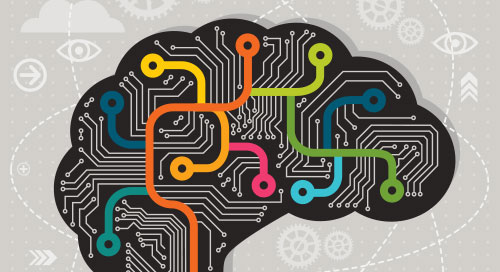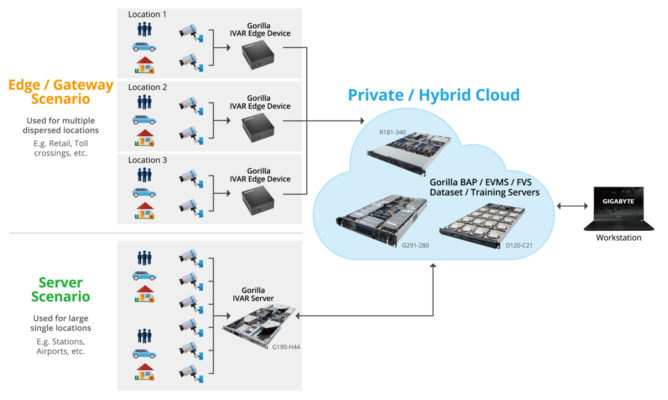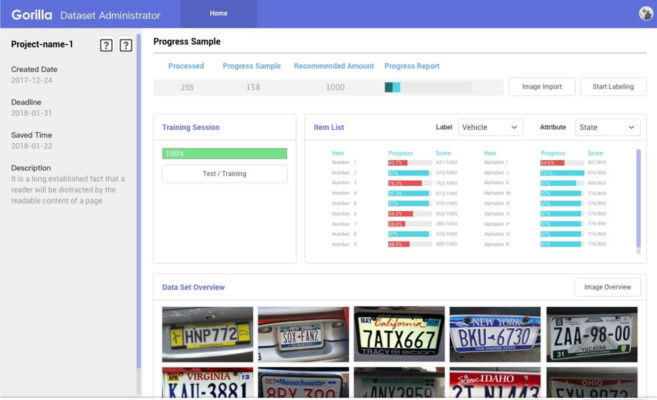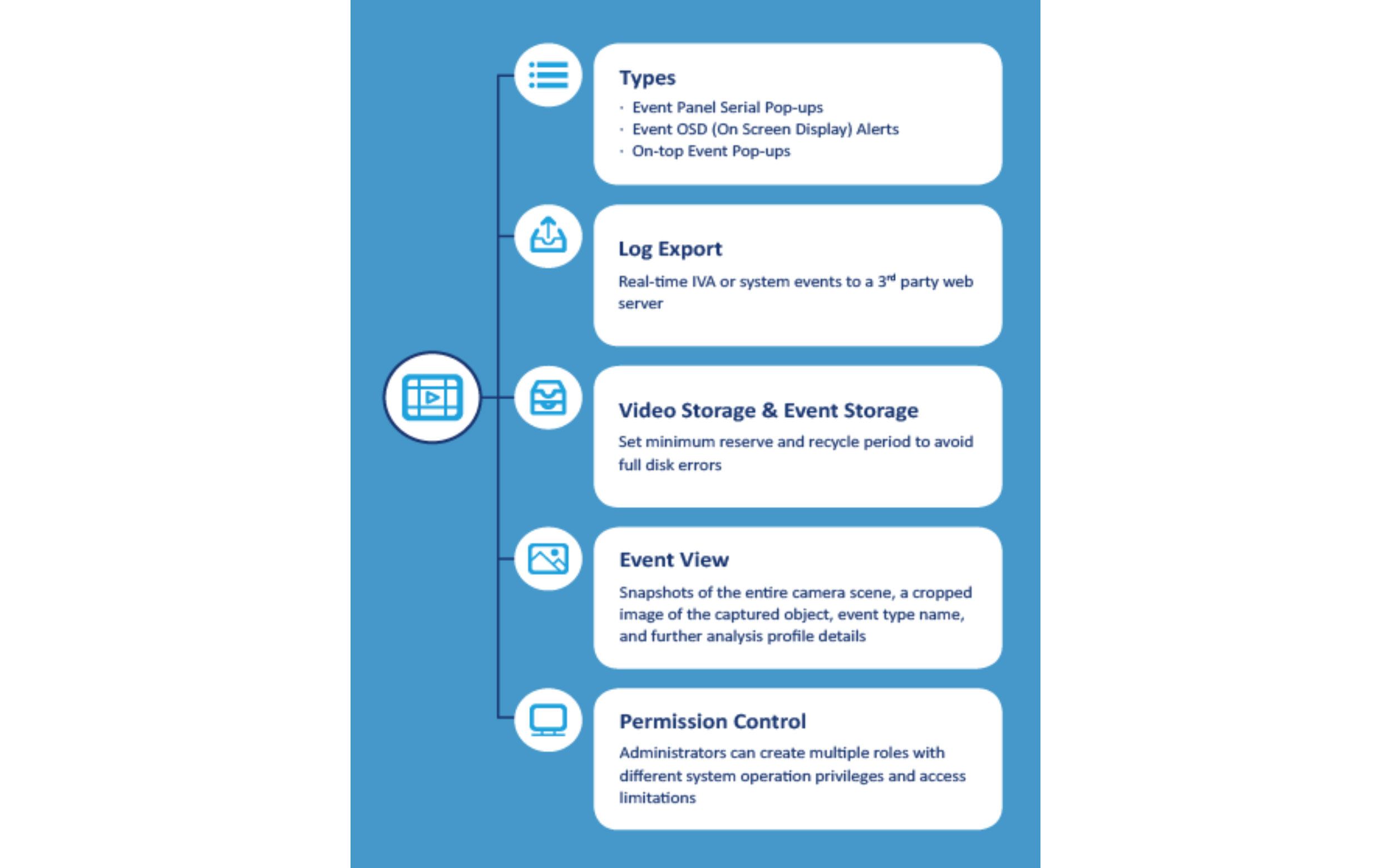How Systems Integrators Can Make Machine Vision Easier

Machine Vision systems are becoming pervasive thanks to industrial PCs that incorporate the essential hardware and software building blocks. An uptick in volume is also bringing down the cost of these systems—despite an increase in the number of video channels a single platform can process concurrently.
These dynamics are moving real-time video analytics from cloud systems toward the edge. With the help of deep learning inferencing algorithms, vision systems can now identify, analyze, and extract event data from live-streamed, recorded, or frame-by-frame video content—optimizing processes like shopfloor defect detection or livestock monitoring while cutting costs.
But these systems are just part of an end-to-end video analytics foundation built on flexible, customizable software. With the right tools, organizations can transform their computer vision infrastructure into an evolving, intelligent video analytics engine. And systems integrators (SIs), especially with the help of a well-connected solutions aggregator, are in an ideal position to deliver them.
Anatomy of a Machine Vision Platform
Machine vision systems operating at the edge consist of a camera that interfaces with a gateway or server platform that provides local processing and networking. Then the platform sends relevant content or alerts into cloud environments for further analytics or operator review. Figure 1 shows the anatomy of an end-to-end solution.

Maximizing performance and efficiency across this diverse chain of systems requires advanced software solutions. They must support a range of camera hardware and communications standards, encode/decode protocols to ensure interoperability, and apply analytics algorithms to video content.
Thanks to OpenVINO integration, one of the greatest benefits of the IVAR platform is improving real-time video processing performance on @Intel CPUs by 1.5x. @insightdottech
Open Up Machine Vision Architectures
Intel’s® OpenVINO™ Toolkit offers a solid foundation for open, interoperable machine vision software. OpenVINO is a development platform that accelerates computer vision algorithms built in frameworks like Caffe and TensorFlow across multiple Intel® platforms—including Intel® Movidius™ vision processing units, Intel® FPGAs, and processors with integrated Intel® HD Graphics.
OpenVINO also leverages a common API that abstracts multiplatform programming issues. As a result, machine vision workloads can be easily ported across an OpenVINO-enabled infrastructure, from the cloud/data center to edge servers and gateways down to compatible IP cameras.
Still, OpenVINO is only one part of an end-to-end software solution. The output of OpenVINO-enabled video analytics systems must be presented to operators in an actionable way.
Gorilla Technology has developed the Intelligent Video Analytics Recorder (IVAR), a software-as-a-service (SaaS) video management system (VMS). Spanning from edge to cloud, it is the first IVA software platform certified by the Intel® IoT Solutions Alliance to integrate the OpenVINO Toolkit.
The IVAR software platform ingests images into artificial intelligence (AI) models that can be used to train algorithms for livestock counting and behavior analysis over time, for example, or vehicle identification (for traffic safety purposes) (Figure 2). After training is complete, the system streams, records, monitors, and analyzes IP camera footage in real time, then transforms it into actionable insights for operators.

Once captured, the system’s findings can be:
- Presented as popups or alerts in cloud-based dashboards
- Exported as log events to third-party systems
- Recorded to storage devices for further analysis, when lawful and necessary
Features like fast video search can also be used to quickly analyze a large number of videos and display specific events or the location of objects (Figure 3).

Thanks to the integration of OpenVINO, the IVAR platform improves real-time video processing performance on Intel CPUs by 1.5x. Rather than developing complex machine vision systems based on dedicated GPU architectures, developers can use CPU-based designs to significantly reduce cost and time to market.
In fact, they may be able to leverage existing Intel processor infrastructure already deployed somewhere in their video analytics infrastructure.
Endless Integration for Rapid, Real-Time Video Analytics
The IVAR software platform can be easily integrated into existing vision systems, allowing numerous cameras at various sites to connect to a central hub.
Take the example of Gigabyte, a supplier of high-performance computing solutions for machine learning applications. It has unveiled a VeMo-powered CCTV system that performs vehicle detection and behavior tracking across concurrent video streams. IVAR software is the brains of the solution that runs on Gigabyte’s edge server hardware.
OnLogic’s smart NVR design also uses the IVAR platform to perform on-site image processing, taking vision applications far beyond passive monitoring. Deploying video analytics on these industrial PCs can enable a variety of new use cases in smart city, enterprise, and retail environments.
Machine Vision’s Real Value Add
The processing and analysis of high-quality video streams at any point in the machine vision infrastructure can provide significant value in many industries. The flexibility to distribute compute assets across a deployment is key to productivity, efficiency, and cost-effectiveness.
The above demonstrates how machine vision systems can be deployed at much more affordable price points. It also shows how integrating AI natively into a video analytics platform can enhance machine vision applications over time.
With tools like Gorilla’s IVAR, the return on investment of vision applications will only increase. And when the software is available “as-a-service,” with minimal up-front investment? It’s easier than ever for SIs to educate their customers on its value, as well as install and maintain it—cementing those revenue streams even further.